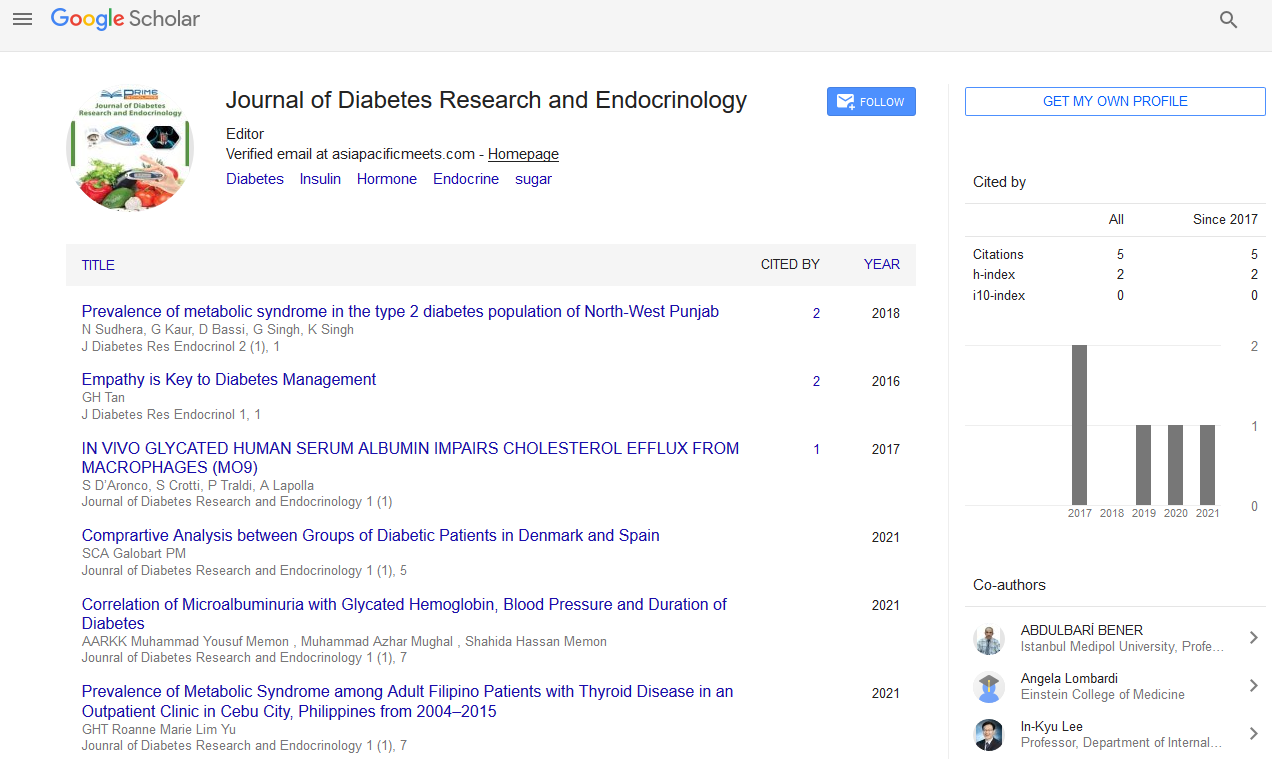Short Commentary - (2023) Volume 7, Issue 1
Scarring of the Skin and Subcutaneous Tissues, as well as Connective Tissue throughout the Body
Benjamin J Ryan*
Department of Green Technology, University of Southern Denmark, Denmark
*Correspondence:
Benjamin J Ryan,
Department of Green Technology, University of Southern Denmark,
Denmark,
Email:
Received: 02-Jan-2023, Manuscript No. IPJDRE-23-16121;
Editor assigned: 04-Jan-2023, Pre QC No. IPJDRE-23-16121 (PQ);
Reviewed: 18-Jan-2023, QC No. IPJDRE-23-16121;
Revised: 23-Jan-2023, Manuscript No. IPJDRE-23-16121 (R);
Published:
30-Jan-2023, DOI: 10.36648/ipjdre.7.1.01
Introduction
Nephrogenic diabetes insipidus is a problem of water balance.
In most cases, the body maintains a fluid balance by excreting
fluid through urine. However, nephrogenic diabetes insipidus
patients experience excessive thirst due to their excessive
urine production. If affected people don’t drink enough water,
they can quickly become dehydrated, especially in hot weather
or when they are sick. Nephrogenic diabetes insipidus can be
either procured or genetic. The acquired form can occur at any
time in a person’s life and is brought on by certain drugs and
chronic diseases. The signs and symptoms of the hereditary
form, which is caused by genetic mutations, typically appear
within the first few months of life. Due to an impaired response
of the renal tubules to vasopressin, patients with nephrogenic
diabetes insipidus are unable to concentrate their urine, resulting
in the excretion of large quantities of diluted urine. It can
be passed down through families or develop as a result of conditions
that make it hard for the kidneys to concentrate. Polyuria,
dehydration-related symptoms, and hypernatremia are all
signs and symptoms [1,2].
Description
Measurements of changes in urine osmolality following the administration
of exogenous vasopressin and deprivation of water
serve as the basis for diagnosis. A low-salt, low-protein diet,
thiazide diuretics, nonsteroidal anti-inflammatory medications,
and adequate free water intake make up the treatment. The
characteristic is the production of large quantities of diluted
urine (3 L/day to 20 L/day). Typically, patients respond well to
thirst, and serum sodium stays close to normal. Nonetheless,
patients who don’t have great admittance to water or who
can’t convey thirst normally foster hypernatremia because of
outrageous parchedness. Neurologic symptoms like neuromuscular
excitability, confusion, seizures, or coma can result from hypernatremia. Ureteral dilation is uncommon, but it can happen
in severe cases with large volumes of urine. Nephrogenic
systemic fibrosis is a rare condition that mostly affects people
who have advanced kidney failure and use dialysis or not.
Nephrogenic systemic fibrosis may resemble skin conditions
like scleroderma and scleromyxedema in those large areas of
the skin become thicker and darker. Nephrogenic fundamental
fibrosis can likewise influence interior organs, like the heart
and lungs, and it can cause a handicapping shortening of muscles
and ligaments in the joints. It is unclear exactly what causes
nephrogenic systemic fibrosis. Scarring of the skin and subcutaneous
tissues, as well as connective tissue throughout the
body, is caused by the formation of fibrous connective tissue in
the skin and connective tissues. Openness to more established
gadolinium-based contrast specialists during attractive reverberation
imaging (X-ray) has been recognized as a trigger for
improvement of this illness in individuals with kidney sickness
[2-4].
Conclusion
It is thought that the kidneys’ diminished capacity to remove
the contrast agent from the bloodstream is the cause of this
increased risk. Since newer gadolinium-based contrast agents
are safer and do not carry an increased risk, avoiding older
gadolinium-based contrast agents is essential for preventing
nephrogenic systemic fibrosis. Problems with an antidiuretic
hormone, or ADH, are what lead to diabetes insipidus. The hypothalamus
of the brain is where ADH is made. The pituitary
gland stores it. Dehydration or fluid loss initiates ADH release.
It causes the kidneys to retain water when released. The urine
concentration decreases as a result.
Acknowledgement
None.
Conflict of Interest
The authors declare that they have no conflict of interest.
References
- Ahn C, Schleh MW (2022) Exercise training remodels subcutaneous adipose tissue in adults with obesity even without weight loss. J Physiol. 600(9):2127-2146.
[Crossref] [Google Scholar] [Pubmed]
- Zeng Q, Wang L, Dong S (2021) CT-derived abdominal adiposity: Distributions and better predictive ability than BMI in a nationwide study of 59,429 adults in China. Metabolism. 115:154456.
[Crossref] [Google Scholar] [Pubmed]
- Schoettl T, Fischer IP (2018) Heterogeneity of adipose tissue in development and metabolic function. J Exp Biol. 221(Pt Suppl 1):162958.
[Crossref] [Google Scholar] [Pubmed]
- Gil A, Olza J, (2011) Is adipose tissue metabolically different at different sites? Int J Pediatr Obes. 6 Suppl 1:13-20.
[Crossref] [Google Scholar] [Pubmed]
Citation: Ryan BJ (2023) Scarring of the Skin and Subcutaneous Tissues, as well as Connective Tissue throughout the Body. J Diab Res Endocrinol. 7:01.
Copyright: ©2023; Ryan BJ. This is an open-access article distributed under the terms of the Creative Commons Attribution License, which permits unrestricted use, distribution, and reproduction in any medium, provided the original author and source are credited.

